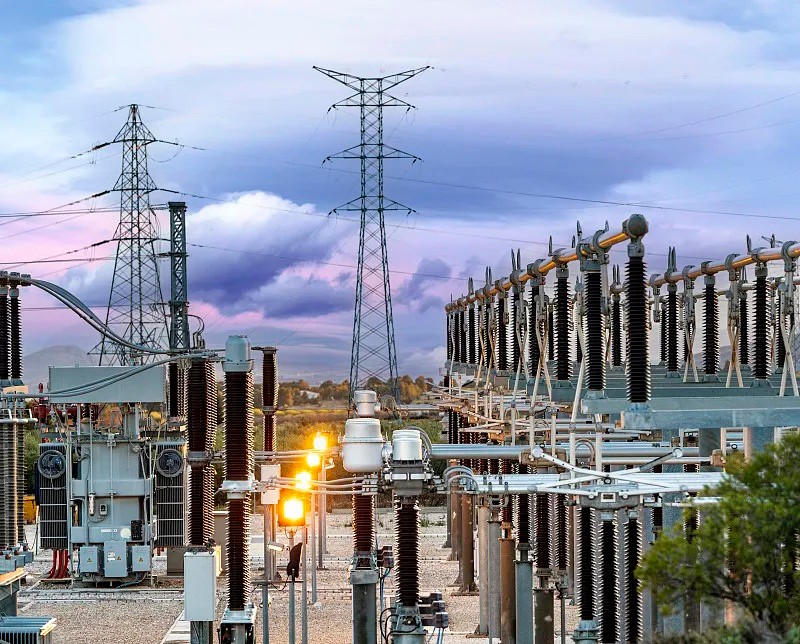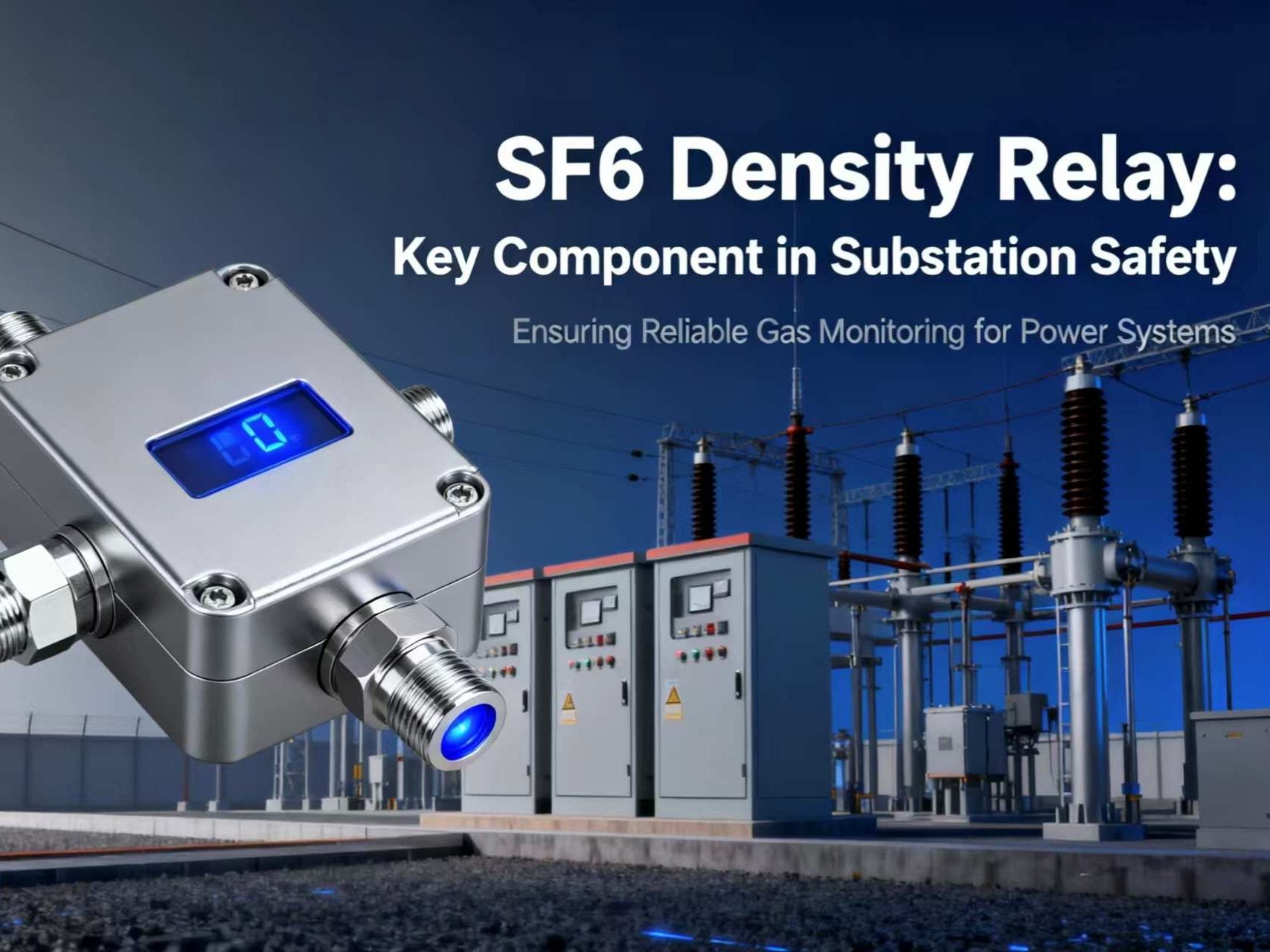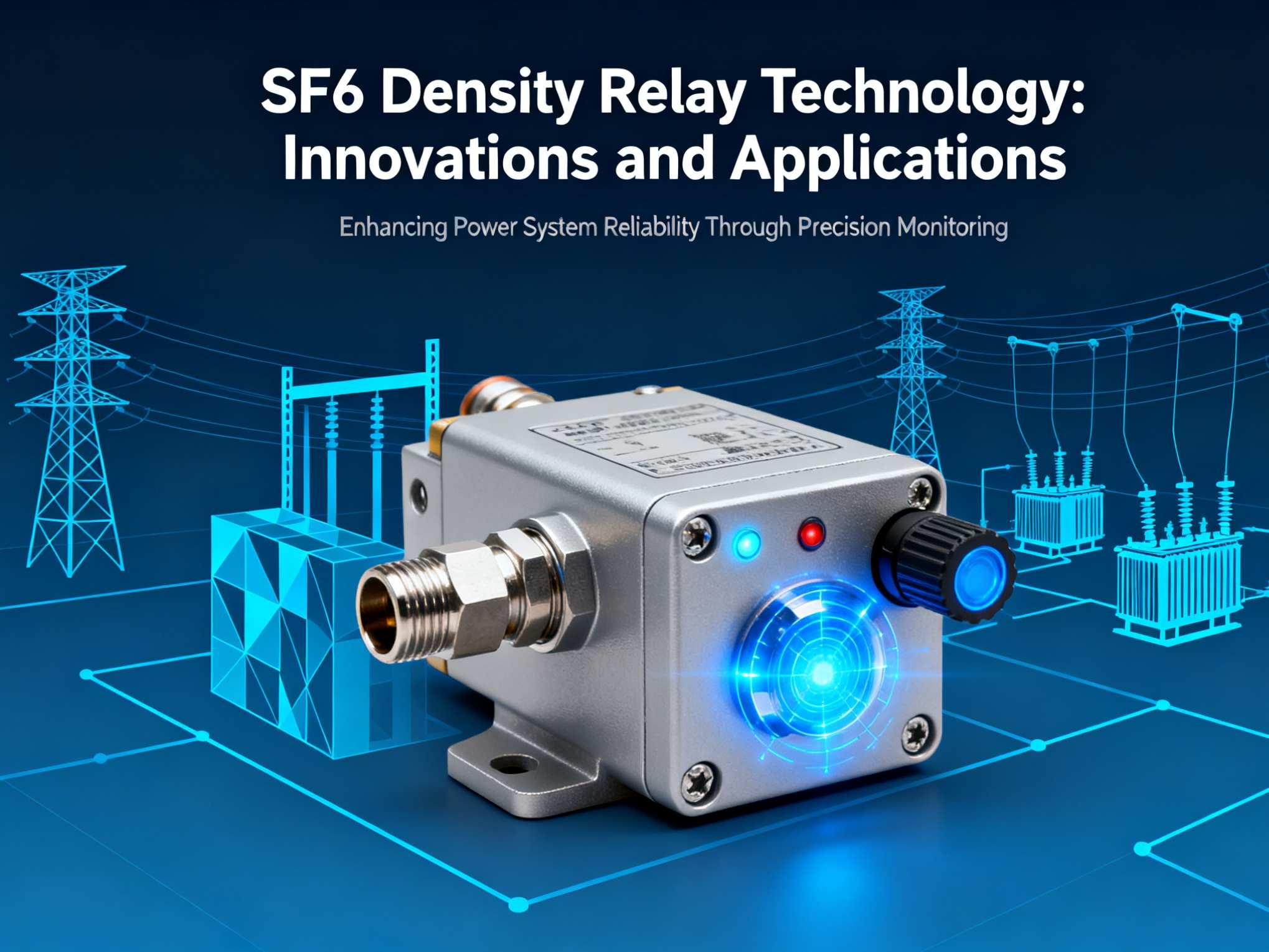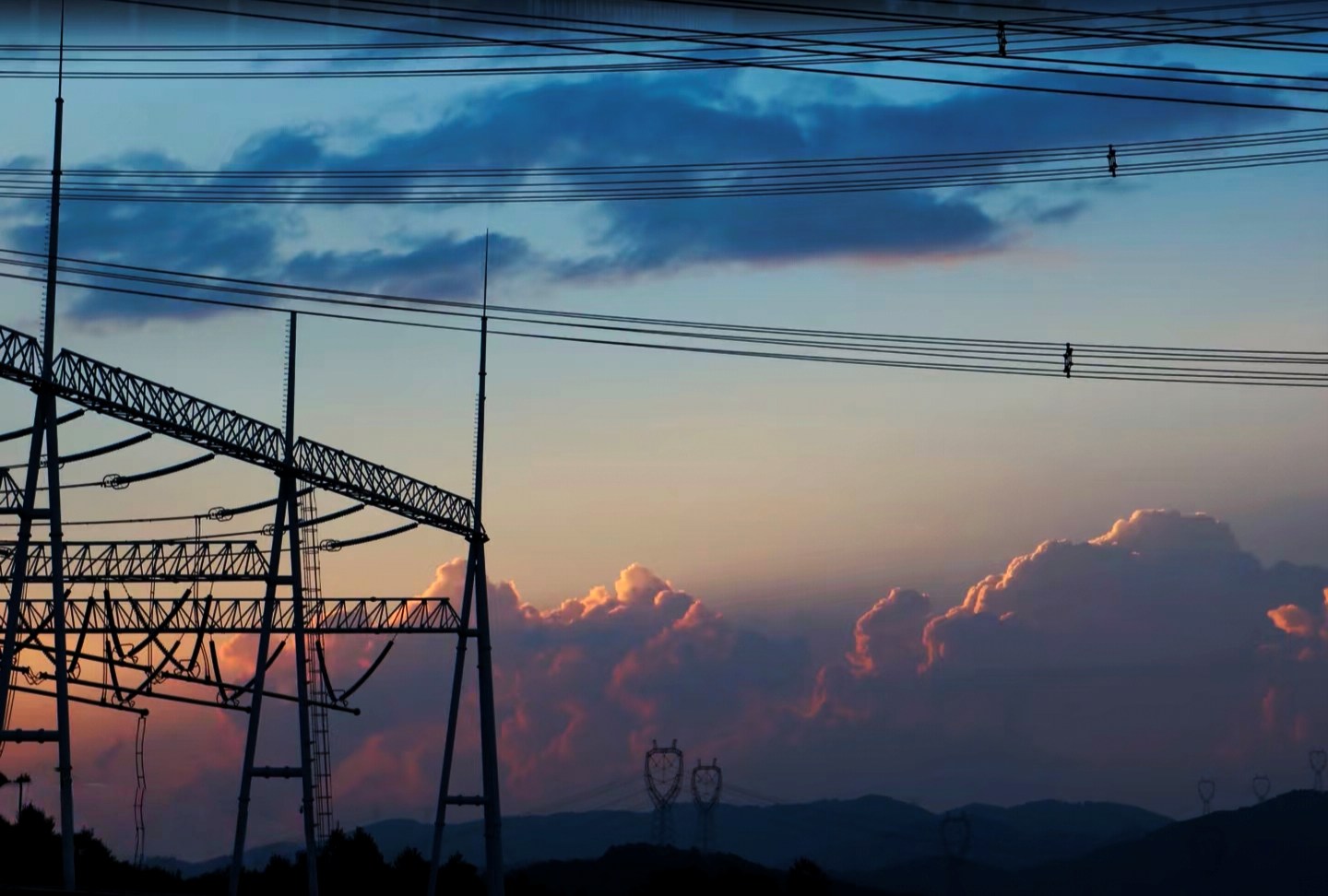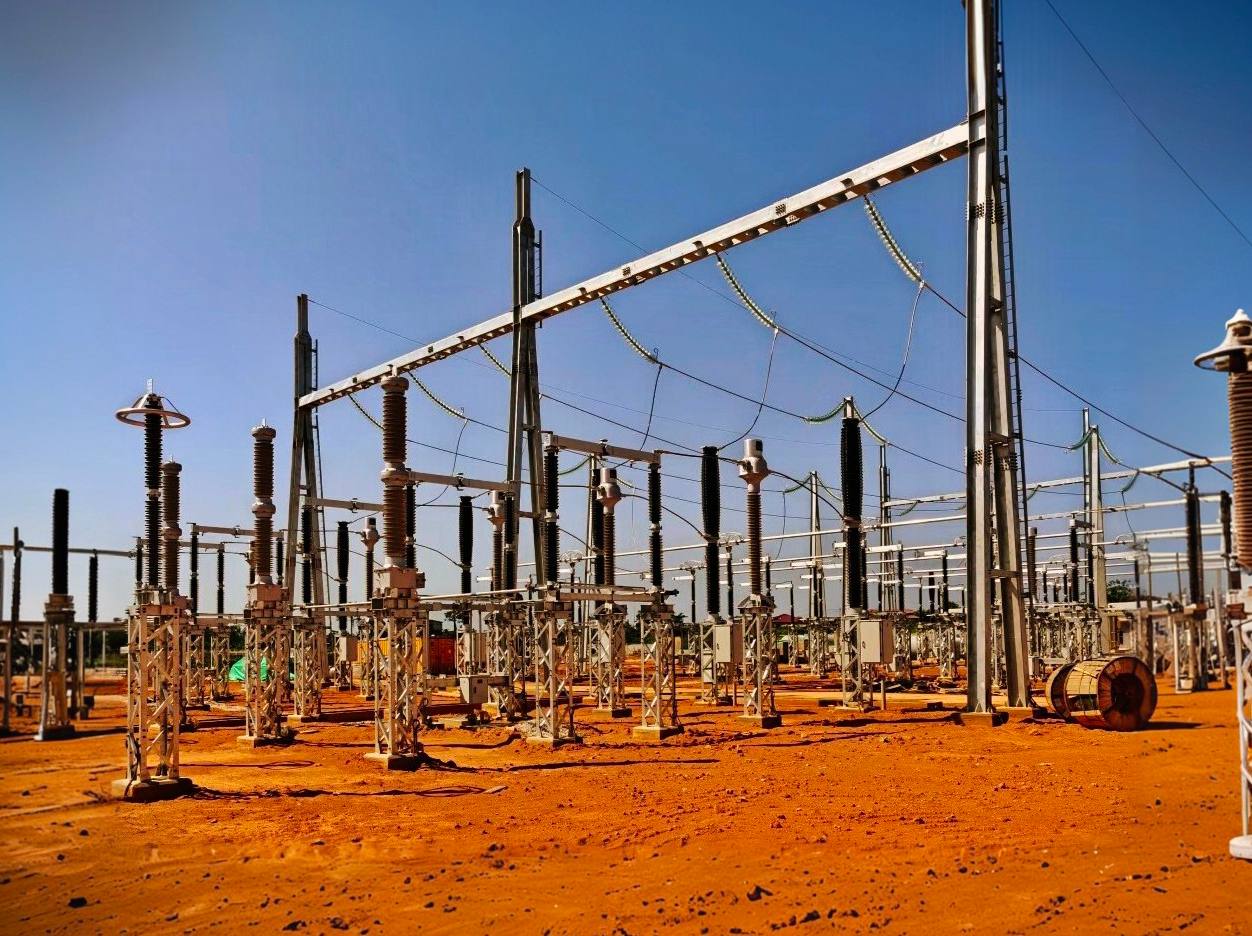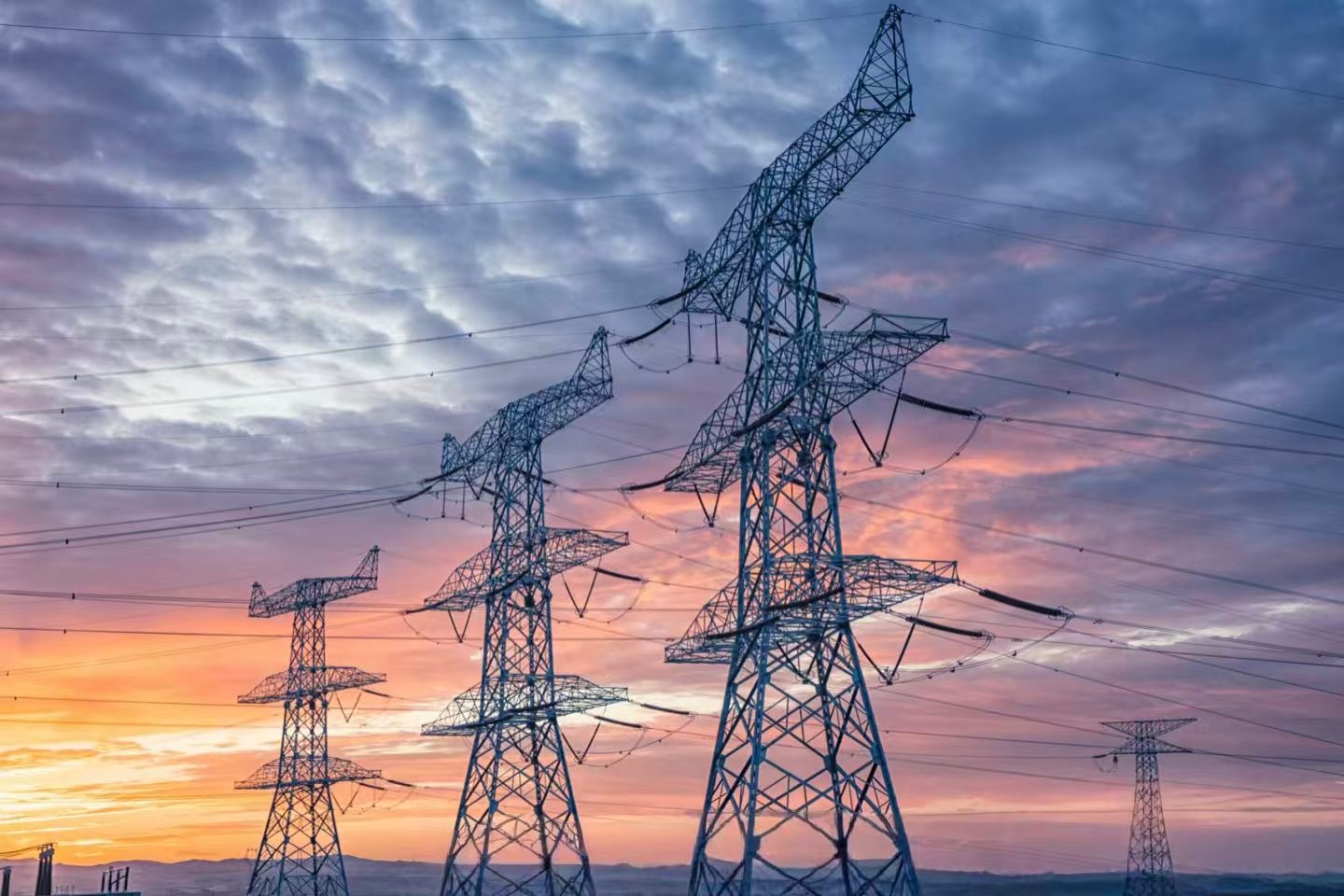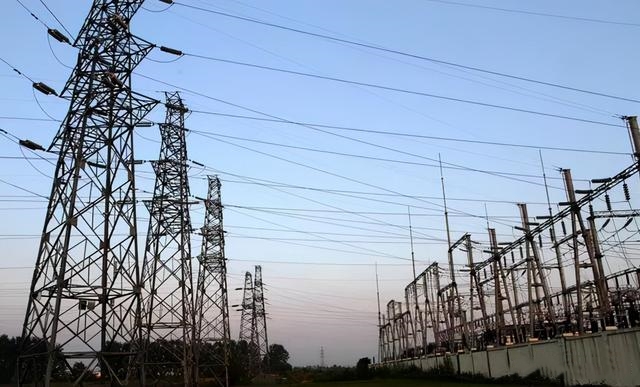Analog vs. Digital SF6 Gas Density Sensors: A Guide to Choosing the Right Technology
Sep 12, 2025
The humble SF6 gas density sensor is a critical component for the safety and reliability of high-voltage equipment. For decades, the industry relied on a single technology: analog sensors. Today, digital sensors offer a modern alternative. Choosing between them depends on your priorities for data, integration, and maintenance.
Here’s a clear comparison to help you make an informed decision.
1. Output Signal & Data Interpretation
This is the most fundamental difference between the two types.
Analog Sensors: Provide a continuous physical signal—typically a mechanical dial gauge with a needle pointer. Some variants may output a standard 4-20mA electrical signal proportional to the density reading.
Implication: The data is simple and direct. However, it requires a human operator to visually read and record the value, introducing the potential for human error. The 4-20mA output can be connected to a SCADA system but only transmits the single density value.
Digital Sensors: Provide a discrete, numerical data output via communication protocols like RS-485, Modbus, or Profibus.
Implication: They transmit not just a density value, but a packet of precise digital data. This can include real-time density, pressure, temperature, calculated dew point, and device health status. The data is unambiguous and ready for automated processing by a digital substation or monitoring system.
2. Application & Integration Ease
Analog Sensors: Best for local, manual reading. They are a standalone solution. Integrating them into a monitoring system requires additional transducers and wiring to convert the mechanical reading or 4-20mA signal into a format the system can understand.
Implication: Simple to install for basic functionality, but complex to integrate for automation.
Digital Sensors: Designed for seamless integration into IoT frameworks. They are native components of a digital substation.
Implication: Installation is straightforward, and they plug directly into a data network. This provides remote, continuous monitoring from a control room without the need for site visits, enabling predictive maintenance strategies.
3. Accuracy & Functionality
Analog Sensors: Accuracy can be affected by mechanical wear and tear, parallax error (viewing the gauge from an angle), and temperature variations that the built-in compensator must handle.
Implication: They provide reliable base-level accuracy but are subject to slow drift over time and have limited functionality—essentially, they only show density.
Digital Sensors: Utilize solid-state components and advanced algorithms, offering superior, stable accuracy that is less prone to drift. They provide rich, multi-variable data from a single device.
Implication: Higher precision and additional diagnostic capabilities (e.g., trend analysis, leak rate calculation, early warning alerts) that are impossible with analog technology.
4. Wiring & Connectivity
Analog Sensors (4-20mA type): Require a simple two-wire or four-wire connection for power and signal transmission. While simple, running dedicated wires for each sensor from the control room can become complex and costly in large substations.
Digital Sensors: Typically use a daisy-chain network wiring topology. Multiple sensors can be connected on a single communication bus, drastically reducing the amount of cabling needed back to the control system.
Implication: This significantly reduces installation time, material costs, and complexity, especially in new builds or large switchyards.
Feature
Analog Sensors
Digital Sensors
Output Signal
Dial Gauge or 4-20mA analog signal
Digital protocol (e.g., Modbus, RS-485)
Data Readability
Manual reading, prone to human error
Precise digital value, ideal for automation
Integration
Difficult to integrate; requires extra hardware
Plug-and-play for digital substations
Additional Data
Density only
Density, pressure, temperature, diagnostics
Wiring
Dedicated wires per sensor (if analog electrical)
Simplified daisy-chain network cabling
Ideal For
Smaller installations, legacy systems, budget-focused projects where remote monitoring is not required
New builds, digital substations, remote sites, and any application requiring data-driven condition monitoring
Choose analog if you need a cost-effective solution for equipment where manual, periodic checks are sufficient and no remote monitoring is planned.
